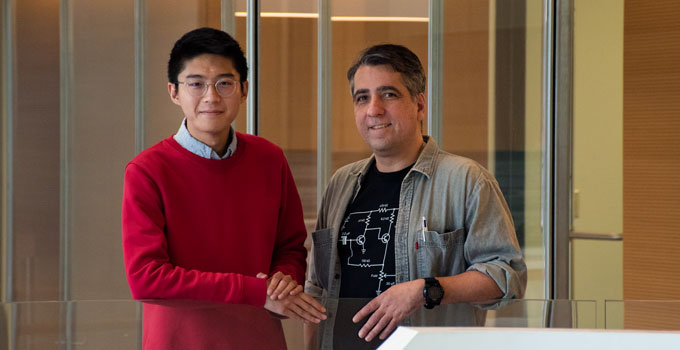
International research group unlocks the promise of nanopore native RNA sequencing
Studying RNA may offer new answers to cancer – and the tools to read RNA directly are now in our hands.
An international research consortium, led in part by Dr. Jared Simpson at OICR, has developed new laboratory protocols and a suite of software tools that will allow the research community to exploit the promise of direct RNA sequencing.

These techniques, published recently in Nature Methods, represent the first large-scale exploration of human RNA using nanopore sequencers – the advanced handheld sequencing devices that can read long strands of RNA.
“Unlike traditional sequencing devices that read copies of RNA strands that are cut into little pieces, nanopore sequencing allows us to study long strands of RNA directly without losing important information in the copying and cutting process,” says Paul Tang, Computational Biologist at OICR and co-first author of the publication. “Our methods combine the power of reading RNA directly with the power of long-read sequencing, enabling an entirely novel way to study cancer biology.”
In collaboration with researchers at Johns Hopkins University and the University of California Santa Cruz, Tang and Simpson developed the software methods that could decode the output data from a nanopore sequencer. Their methods used a machine learning technique, called a Hidden Markov Model, to determine the letters of code within an RNA strand.
“With these methods, we’ve shown that you can leverage nanopore RNA sequencing to gain a lot of valuable information that we couldn’t have otherwise,” Tang says. “We’re very happy to see this work published because we are enabling others to study a new aspect of cancer biology and we look forward to the research discoveries to come.”
These new methods have been integrated into Simpson’s already-popular nanopolish software suite which is routinely used by the nanopore community around the world.
Read more about Simpson’s work in our 2018-2019 Annual Report.
